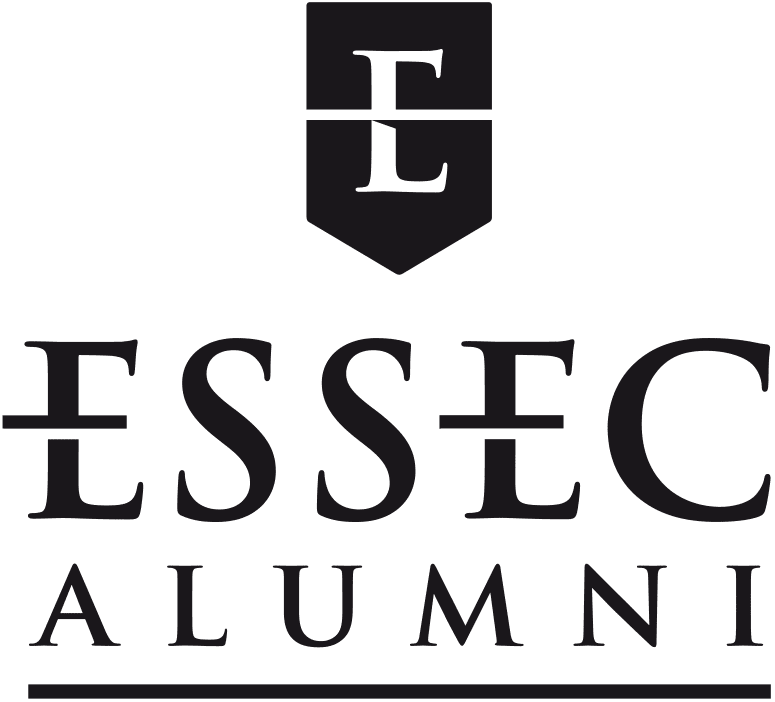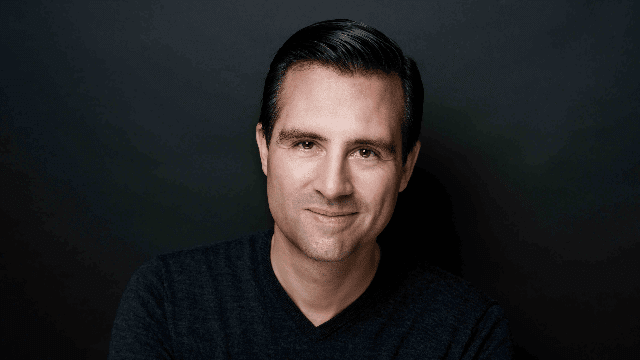Dominik Winterling (E06) at the Helm of One of the World’s Most Famous Orchestras
In 15 years, Dominik Winterling (E06) has played a managerial role in three major cultural institutions in Germany and the Netherlands. He tells us how he rose to success in this highly sought-after sector, and explains the differences from one country to another.
ESSEC Alumni: You began your career with the Heidelberger Frühling. Can you tell us more about this festival?
Dominik Winterling: The first Heidelberger Frühling was held in 1997 and has since become one of the biggest classical music festivals not just in Germany but in Europe. In particular, the festival showcases Lied, chamber music and contemporary music, and works closely with internationally-acclaimed musicians such as the baritone Thomas Hampson, pianist Igor Levit (who also acted as artistic co-director alongside the festival’s founder, Thorsten Schmidt), or composer and conductor Matthias Pintscher. Every year, the festival attracts more than 50,000 visitors and organises over 100 events.
EA: What were your duties as artistic planning director of this festival?
D. Winterling: I was in charge of programming concerts, developing new artistic concepts and managing the budget.
EA: You were then appointed Managing Director of the Stiftung Elbphilharmonie...
D. Winterling: The Stiftung Elbphilharmonie was founded in 2005 to collect donations for the Elbphilharmonie, the new icon of Hamburg with its famous concert hall inaugurated in early 2017. The Stiftung is a non-profit organisation which began by helping to fund the building and now supports educational music projects for children and families.
EA: What did your role involve?
D. Winterling: I coordinated all the activities aimed at attracting new donors and taking care of existing patrons. I also managed the operating company’s sponsorship team, which oversaw partnerships with major firms such as SAP, Deutsche Telekom, or the Swiss private bank Julius Baer.
EA: What is the financial model of the Stiftung Elbphilharmonie?
D. Winterling: The Stiftung avails of fixed capital, the yields of which can be used to fund artistic or social activities. At the same time, it collects donations for artistic projects or in the field of musical education, organised by the Elbphilharmonie. In addition to the Stiftung, the city of Hamburg also supports these activities with annual subsidies. There is thus a genuine public-private partnership, which, to my knowledge, is unique in Germany in this format, even if other joint funding models are becoming increasingly popular.
EA: You are currently Managing Director of the Koninklijk Concertgebouworkest. Could you give us more details about this institution?
D. Winterling: The Koninklijk Concertgebouworkest (also known as the Royal Concertgebouw Orchestra) was founded in 1888 and is one of the world’s most renowned orchestras. Based at the Amsterdam Concertgebouw, one of the most prestigious concert halls on the international scene, it presently employs more than 120 musicians from 25 countries. In its 350 years of history, the orchestra has had only 7 conductors, including the most highly acclaimed of their era, such as Bernard Haitink, Riccardo Chailly or Mariss Jansons In June 2022, the Finn Klaus Mäkelä, 26 years old and current musical director of the Paris Orchestra, was appointed eighth chief conductor of the orchestra. He will take up his position in 2027, and will be affiliated with the orchestra as artistic partner up to that date.
EA: How do you organise your work in practical terms alongside the artistic director of the Koninklijk Concertgebouworkest?
D. Winterling: The artistic director defines the artistic strategy in close collaboration with me and then develops the programmes and artistic concepts. My task is to focus specifically on communication and promoting the orchestra among the public, with an emphasis on our partners and patrons. The strategic management of the brand is also a key activity.
EA: The Koninklijk Concertgebouworkest is also linked to the Concertgebouw venue. How do these entities operate together?
D. Winterling: In terms of organisation, the concert hall and the orchestra have been separate entities since 1952, due to their different funding models. Nevertheless, the orchestra remains the Concertgebouw’s key tenant, with a framework agreement providing it with preferential rights for the organisation of its rehearsals and concerts in the large hall.
EA: What is the budget model of the Koninklijk Concertgebouworkest?
D. Winterling: Around 50% of our budget comes in the form of subsidies granted by the State and the City of Amsterdam, which is relatively low compared to industry standards, particularly for an orchestra of such wide renown. We then generate 25% of our income from ticket sales for our concerts in Amsterdam, 10-15% through international tours and 10-15% through fundraising. To my knowledge, this is also a unique funding model, at least for the Netherlands.
EA: You took up this position in the midst of the COVID crisis. How has this crisis affected the Koninklijk Concertgebouworkest?
D. Winterling: Like the rest of the cultural sector, we were hard hit by the crisis, as we had to suspend our main activities with the public for several months. Fortunately, like all State-subsidised institutions, we received specific aid from the Dutch Ministry for Culture, which allowed us to retain staff in both the orchestra and the rest of the team. We took advantage of that period to produce a rich and varied digital offer with recordings of the most prestigious concerts for our audience worldwide. We are nevertheless very relieved to be able to re-open our doors to our loyal public.
EA: In your line of work, what are the main differences you have observed between the German and Dutch cultural sectors?
D. Winterling: In Germany, culture is managed by the Länder, while in the Netherlands there is a cultural policy on a national level. Furthermore, I often observe that the appreciation of culture, and classical music in particular, is not as strong in the Netherlands as in Germany, as though this country were not fully aware of the wealth of its own cultural heritage. That is perhaps the biggest challenge facing us as a national cultural institution.
EA: More generally, what are the cultural ties between Germany and the Netherlands, particularly in music? Did the fact that you come from Germany influence your recruitment?
D. Winterling: Traditionally, Germany and the Netherlands maintain very close ties in all fields. Moreover, the Netherlands, and especially Amsterdam, form a highly cosmopolitan environment, on both an economic and a cultural level. The appointment of a German to the head of a local cultural institution is nothing out of the ordinary; it is simply the result of a long process of international research.
EA: What are your projects for the Koninklijk Concertgebouworkest in the years to come?
D. Winterling: We are going to continue playing high-level concerts of course, in the world’s most prestigious venues, such as the Paris Philharmonic. Our future chief conductor Klaus Mäkelä will play a key role in programming, in addition to other artistic partners from various fields who we aim to invite for exceptional projects. We have another project to develop our programmes for young talents, more specifically our academy for young professionals and our junior orchestra, the Concertgebouworkest Young, open to musicians aged between 14 and 17 from all over Europe.
EA: Since the start of your career, you have risen to high levels of responsibility in a sector often thought to be difficult to break into. How do you explain your success?
D. Winterling: I think I was offered these jobs thanks to my dual training in management and music. In parallel to my business management studies at Mannheim University, I also studied piano at the Mannheim Conservatory, which enabled me not only to explore the repertoire, but also to understand the artistic perspective, particularly from a musician’s point of view. This type of profile is rare. My international experience and my dual ESSEC-Mannheim degree were also very useful.
EA: Is it possible to progress in this sector without being a musical expert?
D. Winterling: If you want to be taken seriously by musicians, you have to know what you are talking about. This is one of the key problems in our sector.
Interview by Louis Armengaud Wurmser (E10), Content Manager at ESSEC Alumni
Want more content? Join us now so that we can keep bringing you news about the ESSEC network.

Comments0
Please log in to see or add a comment
Suggested Articles




